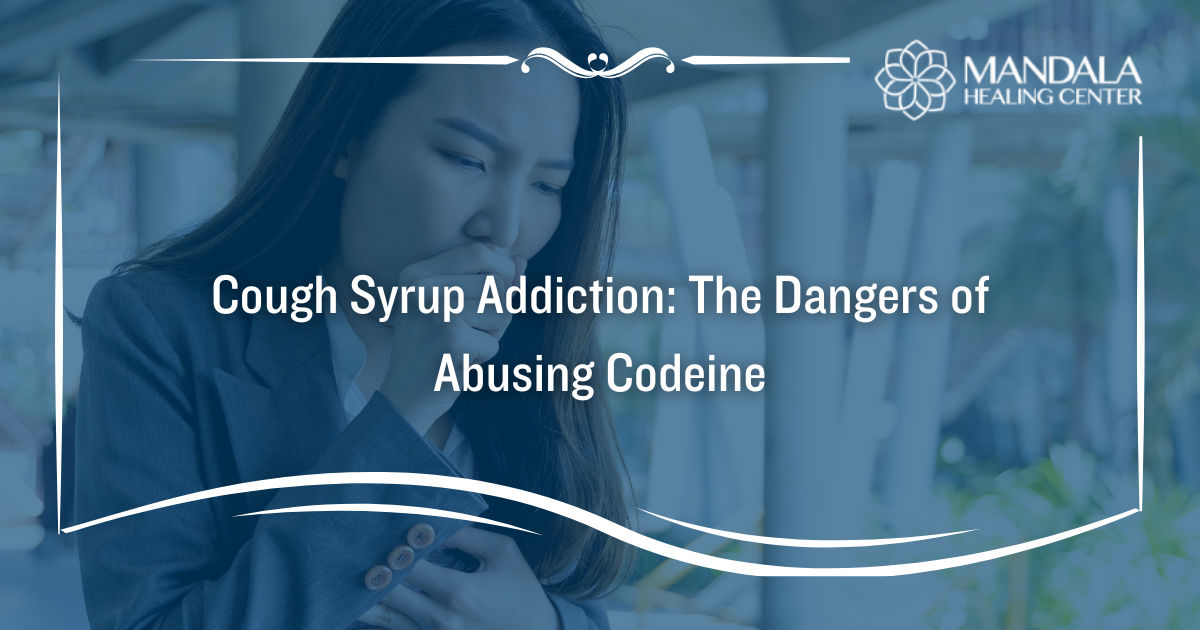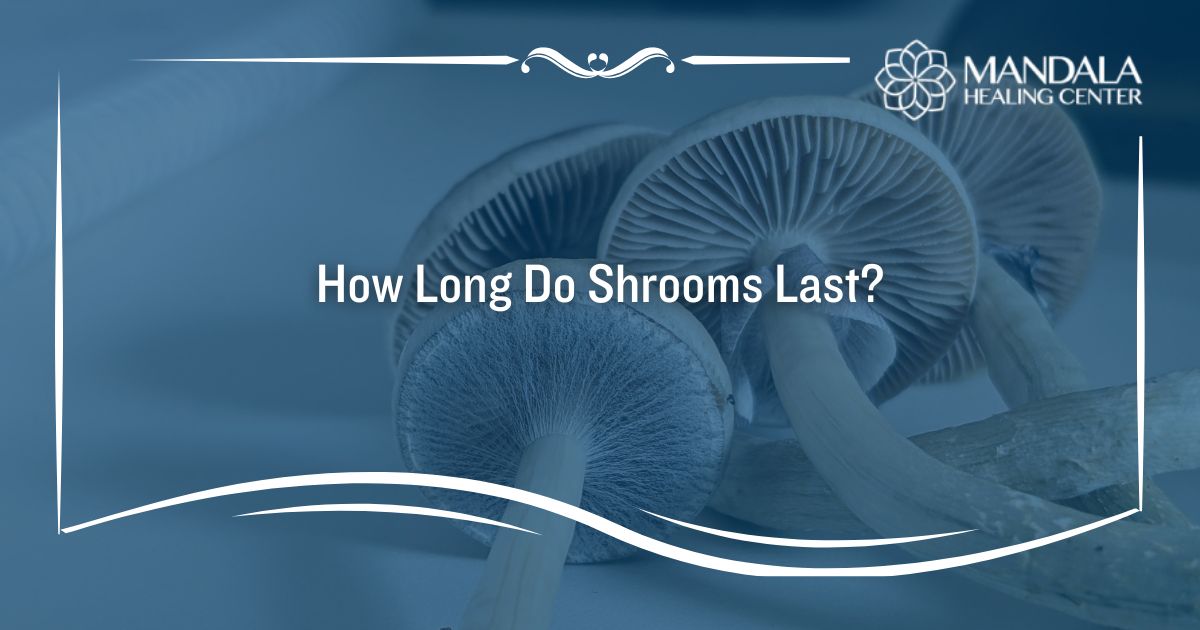Cocaine is a powerful stimulant drug that many people abuse to experience a rush of euphoria and increased energy. While it might be used occasionally for local anesthesia, the cocaine that people abuse is created illegally.[1] Most people who are abusing cocaine have no idea what substances they are actually consuming though, as dealers often cut cocaine with other substances, such as fentanyl, to increase their profits.
Partygoers and rave attendees often abuse cocaine so they can stay up late and dance for long hours. In recent years, people have begun abusing a drug referred to as “pink cocaine”. While you might think that pink cocaine is the same drug as traditional cocaine, it is a completely different substance.
What is Pink Cocaine?
Pink cocaine is a slang term for a substance called 2C-B. Some people believe they are abusing cocaine which is cut with something that gives it a pink appearance, while others have no idea what the drug is.
In the 1970s, 2C-B was created by an organic chemist who also manufactured 3,4-Methylenedioxymethamphetamine (MDMA), also known as ecstasy. 2C-B was originally used to treat erectile dysfunction and increase libido and was sold under the names Erox or Performax.[2] However, the drug was deemed a Schedule 1 controlled substance in the mid-1990s, which means it has no medicinal use and is habit-forming.
Today, 2C-B is an illicit and commonly abused recreational drug that has risen in popularity under the nickname “pink cocaine.” It is heavily abused in the party scene because it produces effects similar to cocaine and MDMA.
It is important to note that you might be abusing pink cocaine without even realizing it because 2C-B is often used as an adulterant in other drugs like MDMA, methamphetamine, or cocaine. Pink cocaine resembles cocaine powder, however, instead of being white like cocaine usually is, it is pink.
While pink cocaine is usually 2C-B, it might also be a combination of ketamine and MDMA. MDMA and ketamine mixtures closely mimic the effects of 2C-B.
The Effects of Pink Cocaine Use
Pink cocaine is a synthetic drug and the effects can vary from batch to batch. However, the effects usually align with 2C-B–the active ingredient.
Common effects of 2C-B include:[3]
- Euphoria
- Dilated pupils
- Delayed reaction time
- Lowered inhibitions
- Sensitivity to sensory
- Increased libido
- Dehydration
- Blurry vision
- Increased heart rate
- Changes in perception and slight hallucinations
- Nausea and vomiting
- Anxiety or agitation
- Seizures
While pink cocaine was typically 2C-B in 2010, an article reports that “forensic tests have shown the drug has morphed into an unpredictable mix, most often containing varying proportions of ketamine and MDMA, bulked out with caffeine.”[4]
Dangers of Abusing Pink Cocaine
The most common dangers of abusing pink cocaine include:
Psychological Risks
If you suffer from any mental health conditions, abusing pink cocaine can be incredibly detrimental to your state of mind. Even individuals without diagnosed mental health conditions experience significant adverse psychological effects.
The psychological dangers include:[5]
- Severe panic attacks
- Episodes of psychosis
- Temporary confusion or delirium
- Extreme mental exhaustion
- Uncharacteristic mood swings
- Increased anxiety and agitation
Addiction
Pink cocaine is known to be habit-forming and highly addictive due to the stimulant effects of the drug. A study completed in 2017 found that the risk of addiction for 2C-B was similar to that of methamphetamine (meth), a drug that is commonly regarded as one of the most addictive drugs.[6]
If you develop a tolerance to pink cocaine, begin experiencing significant cravings to abuse it, and experience withdrawal symptoms when you stop consuming it, you are suffering from an addiction.
Overdose
Pink cocaine is manufactured in illicit drug labs, which means it is not regulated, and there is no way to tell how strong the drug you are abusing is. Even further, because it is abused in party scenes, people tend to binge on it.
For these reasons, abusing pink cocaine puts you at a significant risk of experiencing an overdose. The symptoms of an overdose include:
- Shallow, slowed, or stopped breathing
- Cold and clammy skin
- Hypothermia
- Cardiac arrest
- Limpness of the body
- Being unresponsive
- Coma
- Death
If you or someone you know is displaying the signs of an overdose, contact emergency medical services immediately. Without proper medical attention, overdoses can quickly become fatal.
Finding Help for Pink Cocaine Addiction
If you or a loved one are struggling with addiction, attending a professional drug rehab program can equip you with the tools and support you need to achieve long-term recovery. The first step is detox.
At Mandala Healing Center, each patient has a primary therapist who develops and manages their personalized detox plan, as well as maintains communication with the families and referents. Once you’re medically stable and done detoxing, we recommend transitioning to our residential treatment program during which you attend daily group therapy, weekly individual therapy sessions, and weekly family therapy sessions to help you maintain your sobriety.
To learn more about our addiction treatment programs, contact Mandala Healing Center today.
References:
- https://nida.nih.gov/publications/research-reports/cocaine/what-cocaine
- https://www.justice.gov/archive/ndic/pubs0/665/665p.pdf
- https://www.deadiversion.usdoj.gov/drug_chem_info/bromo_dmp.pdf
- https://www.vice.com/en/article/m7gnbq/pink-cocaine-tusi-colombia-drug
- https://www.frontiersin.org/articles/10.3389/fphar.2018.00206/full
- https://www.jneuropsychiatry.org/peer-review/characterization-of-psychoactive-addictive-and-neurotoxic-effects-of-new-synthetic-amphetaminelike-2cb-2ci-and-pmma-in-mice-12237.html












